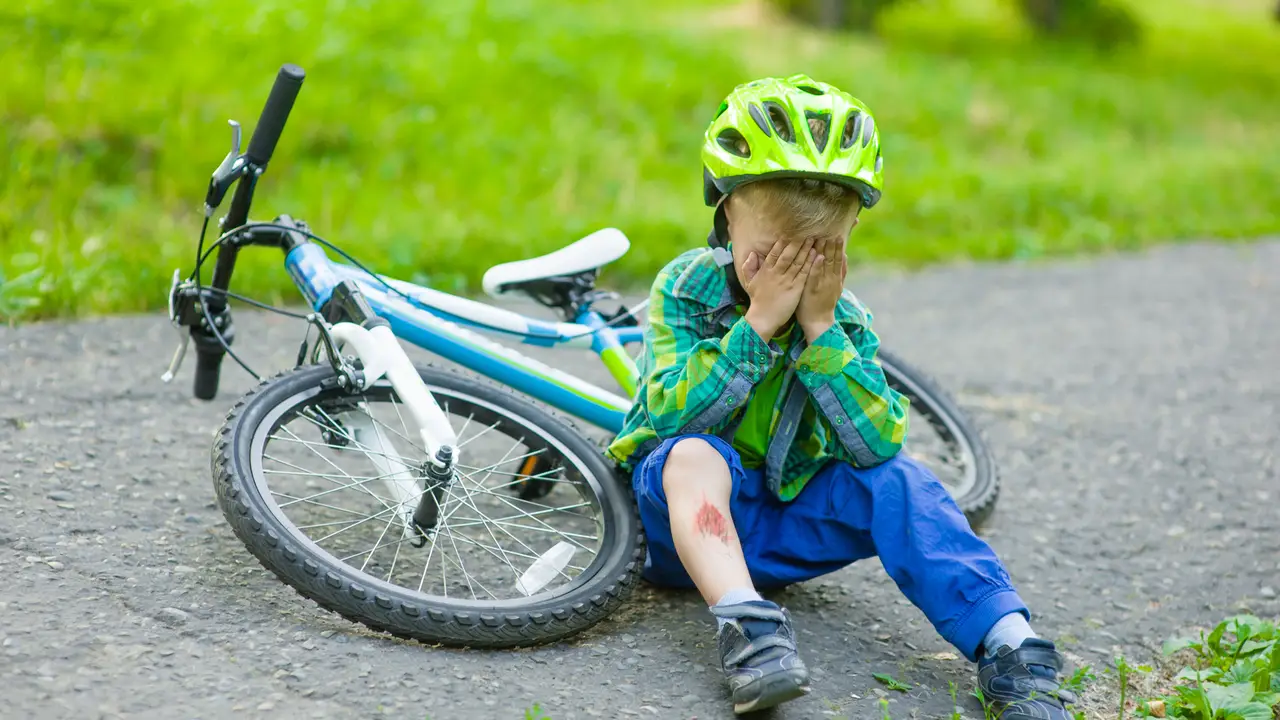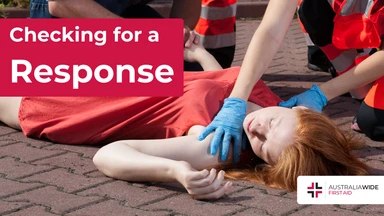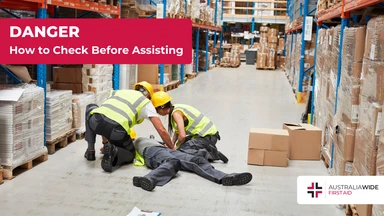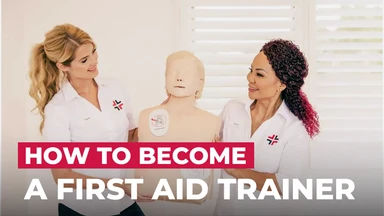First Aid – Do It For Your Children


First aid comes in handy in countless situations. Accidents happen all the time, and knowing what to do in an emergency can mean the difference between life and death.
Knowing first aid is even more critical when it comes to children, as accidents happen to children with alarming frequency.
Per the Australian Institute of Health and Wellness (AIHW), 66,500 children aged 0-14 were hospitalised due to injury in 2016-2017. Subsequently, many parents undertake first aid training to bolster their emergency preparedness, and to safeguard the wellbeing of their children.
After taking a first aid course, you'll appreciate the importance of stocking your home with appropriate first aid supplies.
Not only will you be equipped to handle a diversity of emergencies, you'll be able to approach each new emergency with a bolstered sense of confidence and calm.
According to Kaelan Jones, a Registered Psychologist writing for the Child Development Clinic, "children watch others, and from watching others they learn what to do". As such, if you remain calm and collected in an emergency, your child is likely to exhibit this type of behaviour, too.
Sometimes, knowing how to properly perform first aid on a child can mean the difference between life and death. This is especially true when it comes to accidents by the swimming pool.
As cited by Ashley Jones, a writer for Romper, children are naturally drawn to water as it stimulates their senses and helps them regulate their emotions.
The downside of this trend is that many Australian children drown every year. According to Royal Life Saving Australia, 25 children aged 0-4 drowned in Australia in 2020-2021, which represents a 9% increase on the 10-year average. Knowing first aid can help prevent your child, and any children you are supervising, from becoming another drowning statistic.
Sport is a big part of many kids' lives. And injuries are common in many sporting activities.
As cited by Macquarie University, "sport is still the most common cause of children's injuries requiring hospitalisation".
By taking a first aid course, you can learn how to tend to an injured child without hesitation, rather than just sitting on the side lines helplessly. In particular, you can learn how to quickly and effectively bandage an injured limb, take proper care of a concussion, and know when a trip to the hospital is necessary.
First aid training is one of the most important lessons you could possibly learn.
After taking a first aid course, you will have the knowledge and skills to spot and minimise potential hazards in your home, respond to emergencies with confidence and calm, and thereby safeguard the wellbeing of your children.
To get started on your first aid journey, head to our website and book at a location near you.

March 18, 2025
Checking for a response is critical before proceeding with any first aid assistance. Knowing if a casualty is conscious or not allows you to use the appropriate techniques. Using gentle but firm responsiveness techniques, such as the COWS method, mean you can check for a response while remaining respectful to the casualty.

February 25, 2025
When coming across someone who appears unconscious, injured, or in need of medical help, it’s instinctive to rush to their aid. Ensuring the scene is safe before assisting the person is not only a fundamental principle of first aid but also critical to preventing further harm.

March 8, 2024
Becoming a first aid trainer in Australia is a rewarding and impactful career choice that allows individuals to make a significant contribution to the community by imparting life-saving skills.